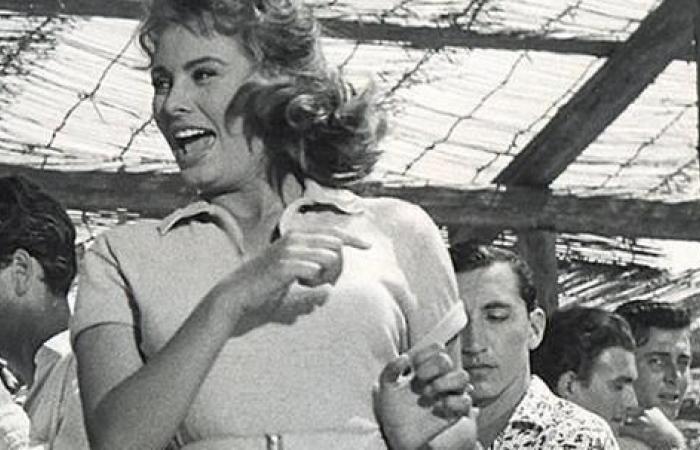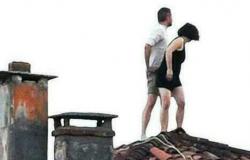The film cycle ‘Ferrara: ciak sul territorial’, which takes place in the summer in the internal courtyard of Palazzo Roverella, this year features the films “The woman of the river”, “Un ettaro di cielo” and “Torquato Tasso” as protagonists . The cycle opens with Mario Soldati’s film ‘The Woman of the River’ which will be screened today at 9pm. Before the screening of the film, greetings from Paolo Orsatti, president of the Shopkeepers’ Club which together with Cds Cultura Odv promoted the Documentation Center Studies and Research Cinema Ferrarese directed by the film critic and historian Paolo Micalizzi, who will present this film starring Sophia Loren. Filmed in July 1954, the film was released at the end of the same year and marks the debut of the famous Neapolitan actress in a significant role. In the film which tells a dramatic story, she is Nives, a beautiful girl who works at marinating eels in a company in Comacchio. During a dance party Gino (Rik Battaglia), a smuggler who has been courting her for some time, manages to make her and Nives becomes her lover. Gino, not intending to have stable relationships with her, leaves her even if she tells him that she is pregnant with her: he even rejects her with cynicism. She then takes revenge by reporting him, for which he is arrested. Having given birth to a child, Nives goes to work at the mouth of the Po Delta cutting reeds, entrusting her son to a girl. The child manages to escape and drowns in the Po. Gino, warned about her, shows up again and promises Nives to marry her once he is released from prison. A work that earned Sophia Loren an international launch, as wanted by the producer Carlo Ponti who had a relationship with her. A photo-novel work in which Comacchio and the Delta are the protagonists: you can see the canals and alleys of the city, large areas of the valleys with huts, workers, marsh reeds and significant scenes of the marinating of eels. And this, according to the critic Vittorio Bonicelli, makes the film beautiful in the neorealist style of times gone by. He also adds his own appreciation for the interpretation of the locals. It should be noted that Florestano Vancini (who was also assistant director of the film) also appears as an actor in the film: he plays the role of the priest who celebrates the child’s funeral.
For Latest Updates Follow us on Google News






